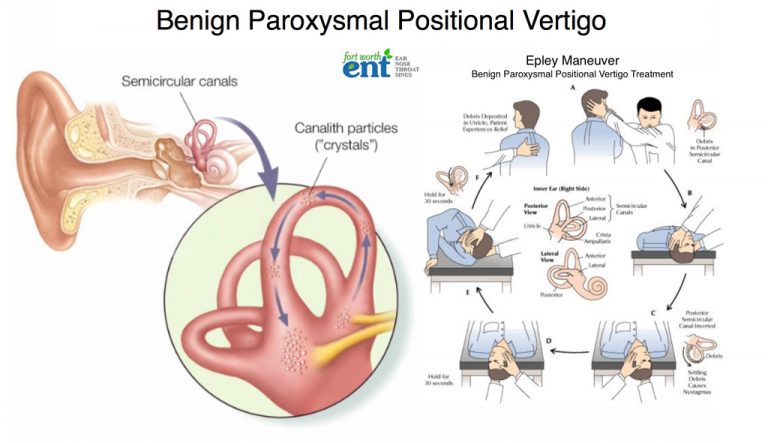
Regarding canal involvement, a retrospective review of 253 patients demonstrated the following : Episodes occur more frequently in the ear that is habitually dependent while sleeping, most commonly the right ear. The strongest positive predictors of BPPV include dizziness lasting <15 seconds and onset with turning over in bed. Displaced otoliths are most commonly located in the posterior or horizontal semicircular canals. BPPV should be differentiated from central vertigo and other types of peripheral vertigo including Meniere’s disease, vestibular schwannoma, vestibular neuritis, and labyrinthitis among others. The condition is more common in females and with advanced age (>40). The classic presentation is brief episodes of dizziness reported with position changes, commonly with rolling or arising from bed. What next steps could you consider? Benign paroxysmal positional vertigo: The basicsīenign paroxysmal positional vertigo (BPPV) is a type of peripheral vertigo caused by a cluster of otoconial fragments that are displaced into the involved semicircular canal. However, despite multiple attempts with the Epley Maneuver, the patient is still symptomatic. She says she had a similar episode in the past and reports, “they took the stones out of my ear by making me lay down and move my head a few times.” Based on your assessment of the patient’s history and physical exam you determine she has peripheral vertigo, likely BPPV. You should have three sessions a day for up to 2 weeks, or until the vertigo is gone for 2 days.A 63-year old female presents to your ED with positional dizziness since rising out of bed from a nap this afternoon. You should do these movements from three to five times in a session. Stay in this position for about 30 seconds or until the vertigo eases off, whichever is longer.Move into the lying position on one side with your nose pointed up. Tilt your head around a 45-degree angle away from the side causing your vertigo.Start in an upright, seated position on your bed.Here’s what you need to do for this exercise: After the first round, rest 15 minutes before trying a second time. You may have to repeat this a few times for relief. Quickly raise your head so it's fully upright, but keep your head turned to the shoulder of the side you're working on.Quickly raise your head so it's level with your back while you're on all fours.if you feel dizzy on your left side, turn to face your left elbow). Turn your head in the direction of your affected ear (i.e.Wait for any vertigo to stop (about 30 seconds). Touch the floor with your head, tucking your chin so your head goes toward your knees.


If your vertigo comes from your left ear and side:
#Vertigo maneuver how to
Your doctor or a therapist can show you how to do these moves.

If you have BPPV, certain actions can move the calcium crystals that cause the problem out of your ear canal. 9.If you feel dizzy, then the left ear is your affected ear. Turn head to the left and lie back quickly.If you feel dizzy, then the right ear is your affected ear.turn head to the right and lie back quickly.Sit on bed so that if you lie down, your head hangs slightly over the end of the bed.If you have vertigo, you'll need to know what type it is and which ear has the problem. To determine affected side:

It’s also the easiest type of vertigo to treat.īefore you try to treat it yourself, see your doctor. People over age 60 are more likely to get BPPV. You may feel it when you're getting in or out of bed, or tilting your head up. It happens when small crystals of calcium get loose in your inner ear. The most common type of this condition is BPPV (benign paroxysmal positional vertigo).


 0 kommentar(er)
0 kommentar(er)
